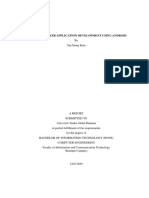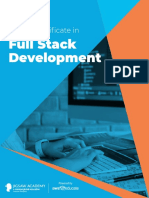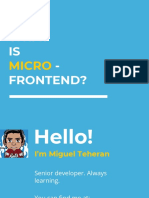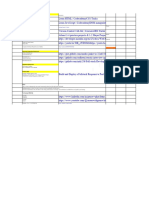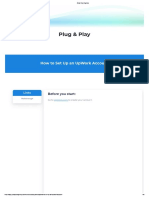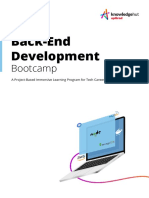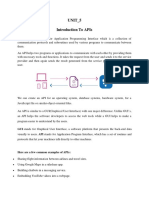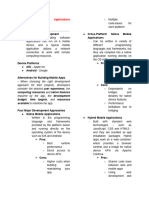0% found this document useful (0 votes)
113 views25 pages1 Front End Development
The document discusses mobile applications and their development. It defines mobile apps and their history. There are three main types of mobile apps: native apps, which are built for a specific platform; progressive web apps, which work like regular websites but can be installed; and hybrid apps, which combine web technologies with native platform capabilities. The document also discusses mobile app development frameworks like React Native, Flutter, and Ionic that help develop the front-end interface and how the front-end communicates with back-end services.
Uploaded by
D4riusCopyright
© © All Rights Reserved
We take content rights seriously. If you suspect this is your content, claim it here.
Available Formats
Download as PDF, TXT or read online on Scribd
0% found this document useful (0 votes)
113 views25 pages1 Front End Development
The document discusses mobile applications and their development. It defines mobile apps and their history. There are three main types of mobile apps: native apps, which are built for a specific platform; progressive web apps, which work like regular websites but can be installed; and hybrid apps, which combine web technologies with native platform capabilities. The document also discusses mobile app development frameworks like React Native, Flutter, and Ionic that help develop the front-end interface and how the front-end communicates with back-end services.
Uploaded by
D4riusCopyright
© © All Rights Reserved
We take content rights seriously. If you suspect this is your content, claim it here.
Available Formats
Download as PDF, TXT or read online on Scribd
/ 25











